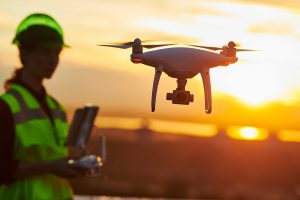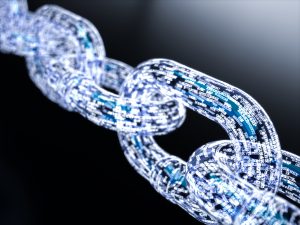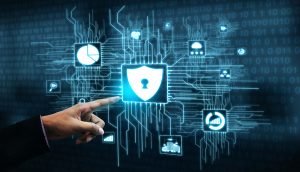
Chief Data Officer (CDO) may be one of the newest C-suite designations, and it's quickly becoming one of the most important. With data-driven government becoming a mandate via the Federal Data Strategy and the Evidence Act, accountability around data management is essential. More than just a way to check a compliance box, having a CDO is a smart business decision in a world where data is critical to how government organizations interact with constituents. However, having a CDO is only a start. The CDO needs to be set up for success as well.
One report indicated that 60% of federal CDOs lack a clear understanding of their role. According to Gartner, a CDO is a senior executive who bears responsibility for enterprise-wide data and information strategy, governance, control, policy development, and effective exploitation. This role makes sure data is secured appropriately for access, as well as privacy concerns, and sets the rules and processes for managing the data lifecycle. The CDO also develops solutions to use that data to create business value.
Even if the role is defined within an organization, CDOs report they lack budget authority or insight into what budget they have to complete their jobs. This mirrors what we have seen with another "young" position, CIOs. Chief Information Officers have seen their role elevated by its measurement in the FITARA scorecard, and with that tracking, are getting more budget authority and input. In addition to budget, CDOs also need the authority to set and enforce policies and processes across their organization and, in doing so, streamline communication among related groups. Continue reading


 From
From  Implementations and pilots of blockchain
Implementations and pilots of blockchain  In October, ghosts and goblins come to life as decorations on front lawns and as candy-seeking children knocking on our doors. But stepping away from the frivolity of Halloween, October has also become a time for us to reflect on the real threats we face year-round when it comes to our data, identity privacy and online security.
In October, ghosts and goblins come to life as decorations on front lawns and as candy-seeking children knocking on our doors. But stepping away from the frivolity of Halloween, October has also become a time for us to reflect on the real threats we face year-round when it comes to our data, identity privacy and online security. The Internet of Things (IoT) is made up of webcams, sensors, thermostats, microphones, speakers, cars, and even stuffed animals. All of these connected devices can help individuals and organizations stay connected across geographic distances, keeping tabs on and managing assets from miles away. The data they collect can be combined with other data sets to create actionable advice for better management and service.
The Internet of Things (IoT) is made up of webcams, sensors, thermostats, microphones, speakers, cars, and even stuffed animals. All of these connected devices can help individuals and organizations stay connected across geographic distances, keeping tabs on and managing assets from miles away. The data they collect can be combined with other data sets to create actionable advice for better management and service.
